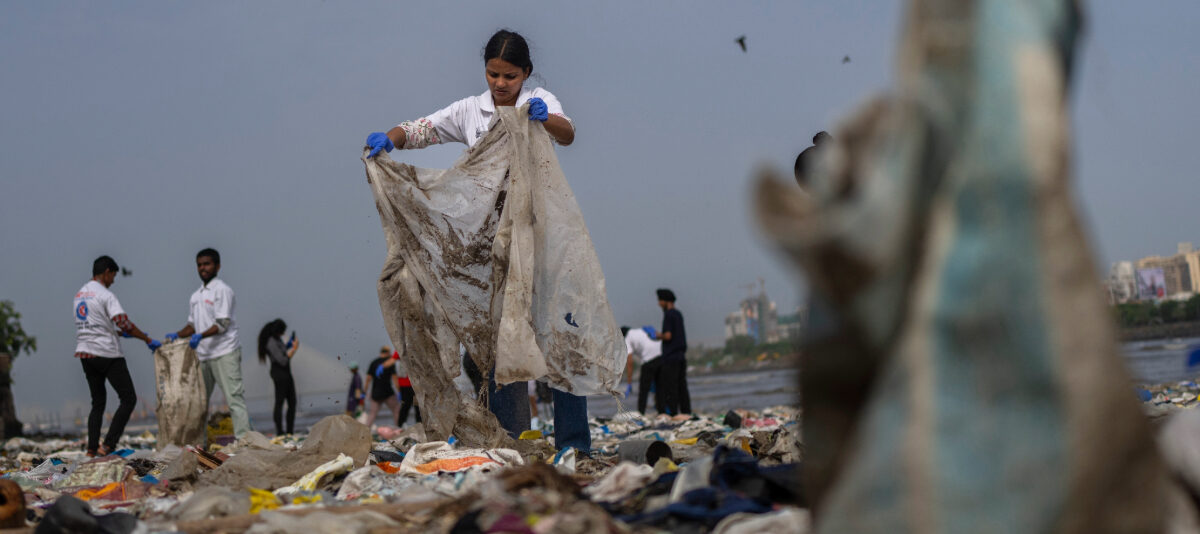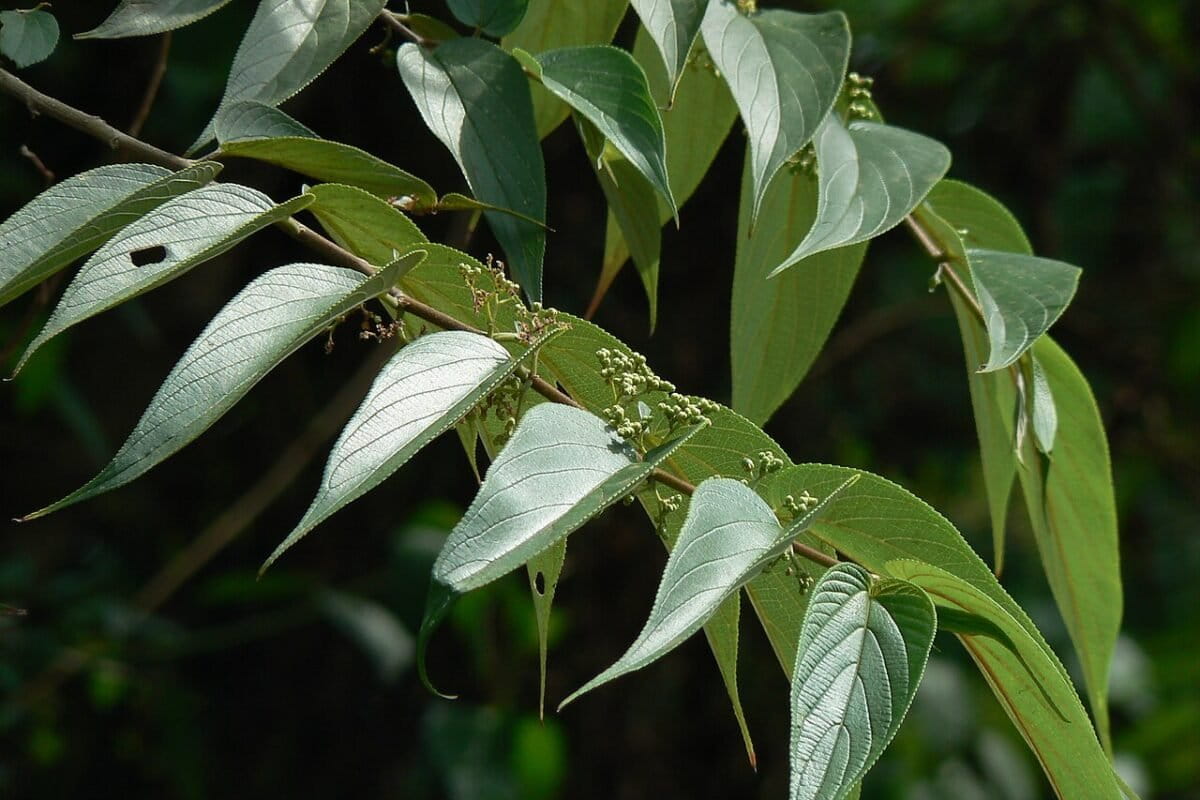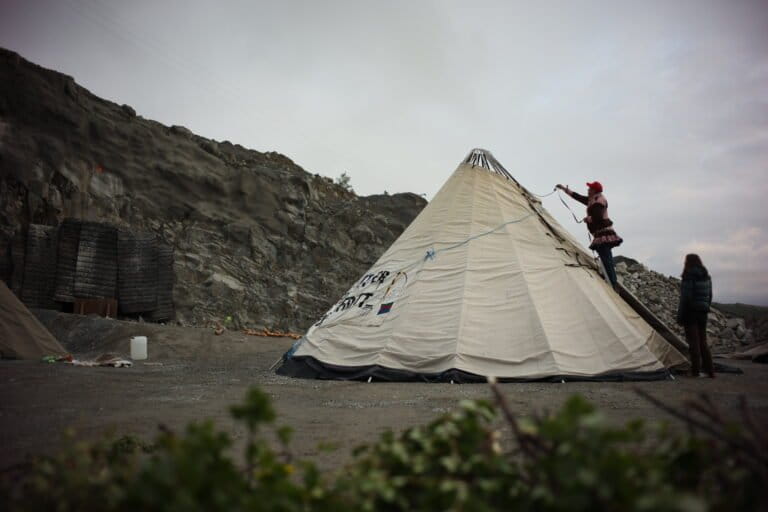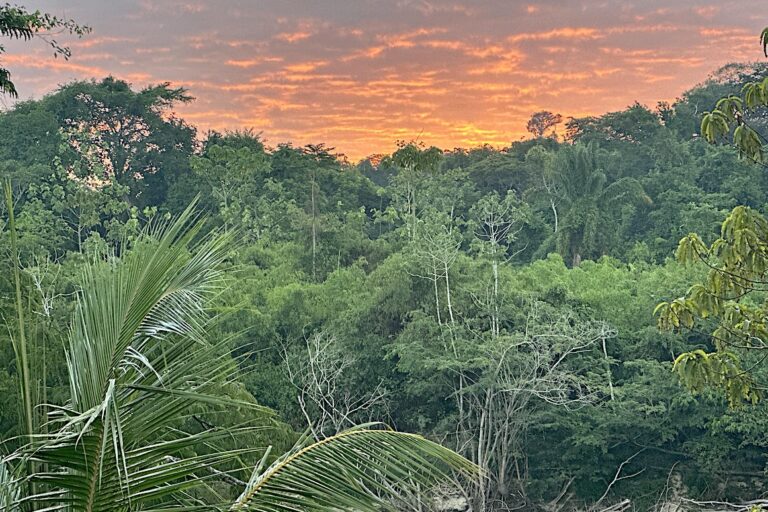- In response to climate change, several carbon dioxide removal approaches involving the marine environment are being studied, with ocean iron fertilization being among those with the greatest potential, according to the U.S. National Academies of Sciences.
- The introduction of iron into ocean regions that are iron-limited stimulates the growth of phytoplankton, which play a pivotal role in carbon sequestration, and while critics have long pointed out that such fertilization could cause wide ranging ecological consequences, a number of researchers are pursuing it with new energy.
- “It is important to conduct research and hold public deliberations to explore if iron fertilization could be effectively and safely done, and whether coastal communities and rights holders might actually want it,” a new op-ed argues.
- This post is a commentary. The views expressed are those of the authors, not necessarily Mongabay.
The increasing incidence of extreme weather makes clear the stark reality of climate disruption to people around the globe. Equally evident has been our collective inability to meet the critical emissions reduction targets we’ve set to stave off the worst climate impacts. The globe hasn’t been this hot in 100,000 years and existing carbon pollution, along with the emissions expected over the next few decades at least, means we’re on a trajectory of continuing climate disruption until we’re able to turn off the emissions faucet. But reducing emissions alone will no longer be sufficient. In fact, climate models suggest that efforts to remove and store atmospheric carbon dioxide will be required to limit climate change.
Carbon dioxide removal involves removing excess carbon from the atmosphere using techniques that range from tree planting and soil carbon sequestration practices to industrial processes that filter carbon out of the air and store it underground. Perhaps less well known are strategies that can remove carbon dioxide by utilizing the ocean’s capacity to absorb and store carbon.
The deep ocean already holds more carbon than any other part of Earth’s biosphere and has the potential to take up even more. Furthermore, the sheer size of the ocean means that any marine carbon dioxide removal approaches, if they prove to be viable and safe, have the potential to be developed at climate-relevant scales. Given that carbon removal will be mandatory in the second half of this century, and given that oceans hold vast potential locations for these removals, it is important that we pursue robust and rigorous research and public dialogue on whether marine carbon dioxide removal can be effectively done—and, crucially, whether it can be done in ways that benefit, not harm, people and ecosystems.

While a number of marine carbon dioxide removal (mCDR) approaches are being explored, among those with the greatest potential is ocean iron fertilization, as acknowledged by the US National Academies in a 2022 report and by NOAA in its special report from 2023. At its core, ocean iron fertilization involves introducing iron into ocean regions that are iron-limited. This addition stimulates the growth of phytoplankton, microscopic marine plants that play a pivotal role in carbon sequestration. As phytoplankton grow, they draw down carbon dioxide from the atmosphere through photosynthesis. Eventually, when the phytoplankton die or are consumed by other organisms, a portion of the carbon they have absorbed sinks to the ocean floor, effectively removing it from the atmosphere for hundreds of years or more.
Ocean iron fertilization has a complicated history. Early ideas about the role that iron might play as a nutrient for plankton are nearly 40 years old. Field testing by a global network of scientists in the 1990s and 2000s showed that the basic premise behind iron limitation in big parts of the global ocean was true: in areas that were iron-limited, iron additions stimulated growth of plankton. But many of these tests did not aim to answer essential questions about how effectively phytoplankton growth from iron additions might lead to long-term storage of atmospheric carbon dioxide in the deep ocean, questions that are absolutely critical to understanding if iron fertilization might be a viable carbon removal approach. Further research was halted following an early commercialization of the approach.
As scientists and researchers, we want to get to the bottom of these remaining questions regarding OIF, and we want to do so in a way that is scientifically rigorous and inclusive of the many people and communities who need to have a say in what happens in ocean spaces. It is possible that further research will indicate that OIF cannot be done in a way that is ecologically safe or doesn’t have support from communities and rights holders where it might be pursued. Yet we believe that it is important to conduct research and hold public deliberations to explore if iron fertilization could be effectively and safely done, and whether coastal communities and rights holders might actually want it.
Given the increased urgency for carbon dioxide removal solutions, the scientific community has recently moved to restart conversations on ocean iron fertilization in order to answer all the questions that remain. These questions include the long-term fate of sequestered carbon, the overall effectiveness of large-scale implementation, and impacts on the marine environment that might occur with larger field tests or any potential deployments. Absolutely critical to these efforts is the fundamental acknowledgement that research must be done rigorously and transparently, and that it must be co-designed with Indigenous and coastal communities.
See related coverage: Is ocean iron fertilization back from the dead?

Answering questions about OIF’s viability as a responsible carbon removal approach requires a new generation of controlled field trials, alongside all of the other priorities described above. To support the design and siting of the needed field trials, Ocean Visions has partnered with Environmental Systems Research Institute (Esri) to create a first-of-its-kind Ocean Iron Fertilization Site Suitability Planning Tool.
This tool provides researchers, planners, resource managers, and decision makers with a comprehensive view of potential field trial locations. By integrating oceanographic data layers with crucial social and logistical criteria, such as human dependence on marine resources and proximity to commercial ports, the tool offers a multidimensional perspective on feasibility and suitability. Important to acknowledge is that the tool doesn’t cover all relevant factors, nor does it make any claims about the relative importance of different criteria. It also is in no way intended to justify irresponsible testing or intended as a means to bypass environmental assessments. Rather, the aim of the tool is to begin facilitating thoughtful conversations about the potential and limitations of OIF field trials in different locations.
Crucially, research into ocean iron fertilization must be conducted with a commitment to environmental integrity and ethical responsibility. As field trials help us explore the various ways OIF could be used for carbon removal, we must also remain vigilant against the risk that these early trials could have unintended consequences, such as ecosystem disruption, which are particularly concerning in areas where human dependence on marine resources is high. With careful research, monitoring, and regulation, we can mitigate potential risks of these field trials. Past field trials of OIF show that controlled field trials can be done in ways that do not leave lasting harm to the marine environment.
In the face of unprecedented climate disruption, and the reality that it will get worse before it gets better, we worry that the global community cannot afford to dismiss OIF—or indeed, other potential approaches to carbon removal—without more thorough consideration. If there is any chance that ocean iron fertilization could be ecologically acceptable, socially supported, and viable as a carbon removal approach, it is important that we do the research now to understand if and how it could contribute to shifting our climate course.
Dr. David Koweek is Chief Scientist for Ocean Visions and Dr. Sara Nawaz is Director of Research for the Institute for Responsible Carbon Removal at American University.
Banner image: A phytoplankton bloom in the Baltic Sea captured by the Copernicus Sentinel-2 mission. Image by Copernicus Sentinel via Flickr (CC BY-SA 2.0).
Related audio from Mongabay’s podcast: Pulitzer Prize-winning author Elizabeth Kolbert discusses geoengineering and other extraordinary proposals to deal with climate change and other environmental crises, listen here:
See related:
Re-carbonizing the sea: Scientists to start testing a big ocean carbon idea
Can seaweed cultivation help fix the climate crisis? (commentary)












